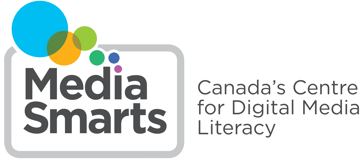Media risks
The risks that kids encounter in media fall into four categories:
Content risks, where kids are exposed to or engage with harmful content such as violence, hate, or sexualized media;
Conduct risks that come from what kids do or how they interact with other users;
Consumer risks related to money, advertising, and data collection;
